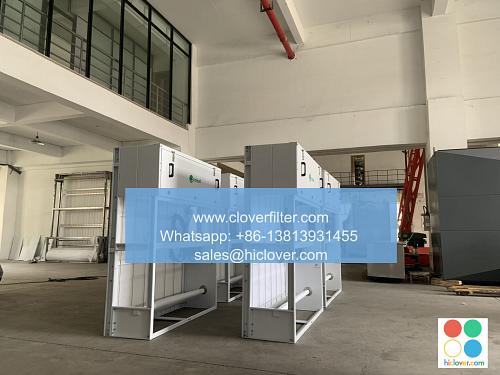The Importance of Air Filtration in Microelectronics Labs: A Qualcomm Perspective

As a leader in the development of cutting-edge microelectronics, Qualcomm understands the critical role that air filtration plays in maintaining the integrity of its research and development facilities. In this article, we will explore the importance of air filtration in microelectronics labs, highlighting various application areas and key technologies that are essential for ensuring the quality and reliability of microelectronic devices.
Introduction to Microelectronics Labs
Microelectronics labs are specialized facilities that are designed to support the research, development, and manufacturing of microelectronic devices, such as semiconductors, microprocessors, and system-on-chip (SoC) devices. These facilities require a high level of cleanliness and environmental control to prevent contamination and ensure the accuracy of sensitive measurements and fabrication processes.
The Importance of Air Filtration
Air filtration is a critical component of microelectronics labs, as it helps to remove particulate matter, gases, and other contaminants from the air that can damage sensitive equipment and compromise the quality of microelectronic devices. High-efficiency particulate air (HEPA) filters and ultra-low particulate air (ULPA) filters are commonly used in microelectronics labs to achieve high levels of air cleanliness.
Application Areas
Air filtration is essential in various application areas of microelectronics labs, including:
* Wafer fabrication: Air filtration helps to prevent contamination of wafers during the fabrication process, ensuring the quality and reliability of semiconductors and other microelectronic devices.
* Device testing: Air filtration is critical in device testing areas, where sensitive measurements are made to characterize the performance of microelectronic devices.
* Research and development: Air filtration helps to maintain a clean and stable environment for researchers and engineers, allowing them to focus on the development of new technologies and products.
Key Technologies
Several key technologies are used in air filtration systems for microelectronics labs, including:
* HEPA filters: These filters are capable of removing 99.97% of particulate matter as small as 0.3 microns, making them ideal for use in microelectronics labs.
* ULPA filters: These filters are capable of removing 99.999% of particulate matter as small as 0.12 microns, providing an even higher level of air cleanliness.
* Activated carbon filters: These filters are used to remove gases and odors from the air, helping to maintain a clean and stable environment in microelectronics labs.
Qualcomm’s Perspective
At Qualcomm, we understand the importance of air filtration in maintaining the integrity of our research and development facilities. Our microelectronics labs are equipped with state-of-the-art air filtration systems that utilize HEPA filters, ULPA filters, and activated carbon filters to provide a high level of air cleanliness. By investing in air filtration, we are able to ensure the quality and reliability of our microelectronic devices, while also protecting the health and safety of our employees.
Conclusion
In conclusion, air filtration is a critical component of microelectronics labs, playing a key role in maintaining the integrity of research and development facilities. By highlighting various application areas and key technologies, we have demonstrated the importance of air filtration in ensuring the quality and reliability of microelectronic devices. At Qualcomm, we are committed to investing in air filtration and other cleanroom technologies to support the development of cutting-edge microelectronics.

